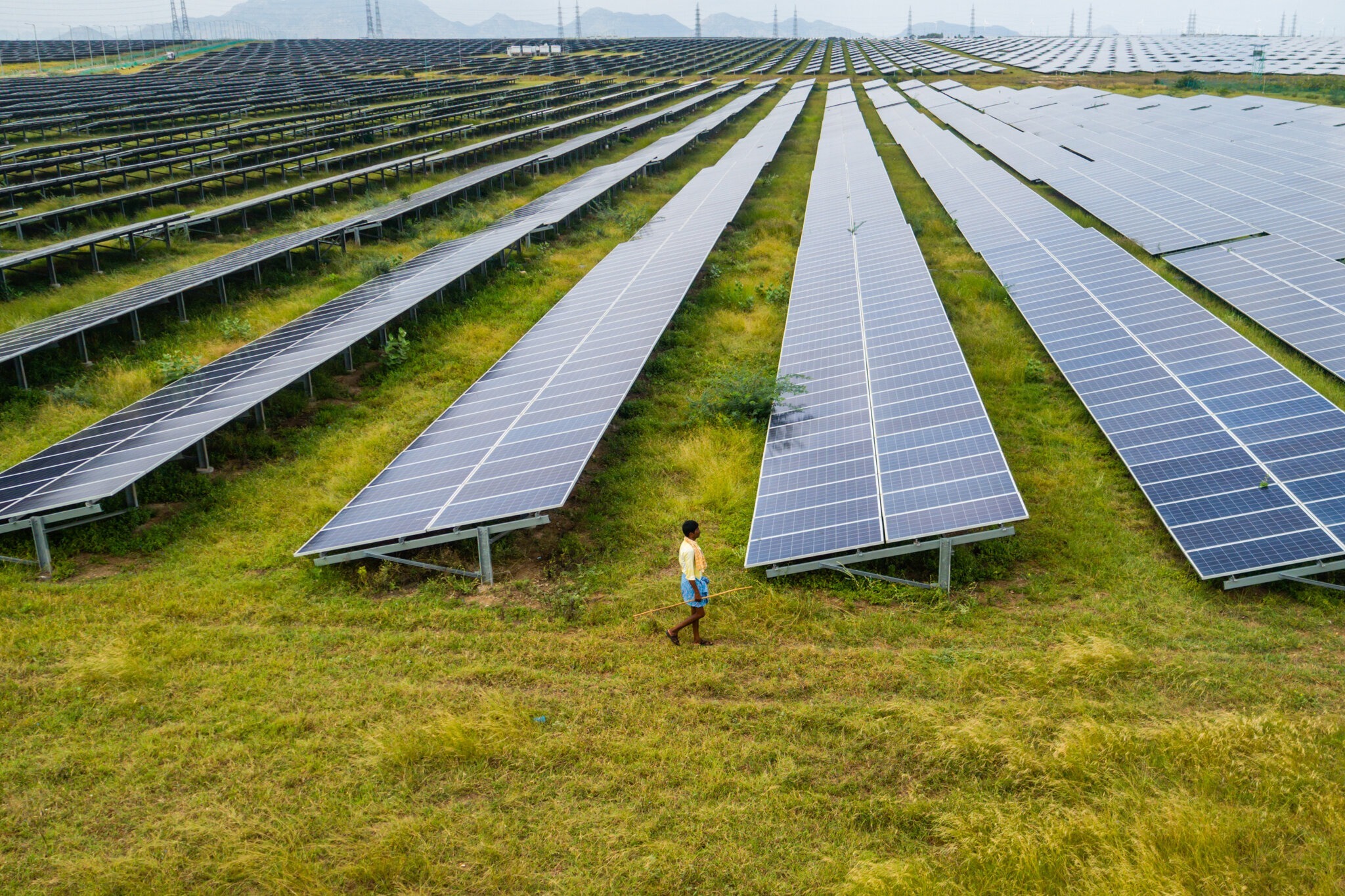G-20 Leaders’ Declaration notes the need for more finance to arrest global warming
Context
For the first time, the G-20 Leaders’ Declaration publicly acknowledges the huge financial leap required for the world to switch to a renewable energy economy. The Declaration “…noted the need for developing countries to have access to $5.8 to $5.9 trillion in the years before 2030, as well as $4 trillion annually for clean energy technologies by 2030 to reach net zero by 2050.”
What is the financial situation required for the developing countries to ‘achieve Net Zero”?
- To encourage the switch to renewable energy sources and battle climate change, the Declaration acknowledges the need for a major increase in financial resources.
- It states that for developing countries to attain net-zero emissions by the year 2050, they will need to invest between $5.8 and $5.9 trillion in renewable energy technology before 2030 and $4 trillion yearly after that.
What does net zero Emissions mean?
- The G-20 pledges to achieve “net zero” emissions, which entails removing or offsetting all greenhouse gas emissions from the environment.
- This commitment is essential for reducing global warming and preventing severe tipping points in climate change.
What is the Common but Differentiated Responsibility approach?
- The Declaration recognizes the idea of “common but differentiated responsibility.”
- This idea underlines that developed countries should take greater financial and technological responsibilities in aiding developing countries with their transition to clean energy and acknowledges that not all countries historically bear the same blame for greenhouse gas emissions.
- The Declaration tackles the ongoing argument about the distribution of resources and technological advancements from industrialized to underdeveloped nations.
- It reiterates the 2010 pledge to raise $100 billion year by 2020 and transfer it yearly until 2025 to support developing nations’ efforts at climate mitigation and adaptation. It adds that developed nations will probably achieve this objective for the first time in 2023.
What is India’s Commitment to achieving this target?
- India’s commitment to reaching net-zero emissions by 2070 is mentioned in the Declaration.
- According to Prime Minister Narendra Modi, accomplishing this objective will require significant funding, frequently described to as “trillions of dollars.”
What is the current status level of Emission Reduction targets and what are the future aspects?
- The G-20 pledges to cut global greenhouse gas emissions by 43% from 2019 levels by 2030.
- It also emphasizes how crucial it is for global emissions to peak before 2025 if we are to avert the worst effects of climate change.
- The Declaration calls for increasing the capacity of renewable energy sources by 2030.
- By 2030, the rate of progress in energy efficiency is to be doubled.
- These procedures are considered to be crucial in lowering emissions and switching to cleaner energy sources.
What are the challenges faced in achieving the target?
- Despite the advancements stated in the Declaration, some professionals have reservations.
- They contend that the absence of concrete timetables for renewable energy targets and financial support for developing nations may make the world’s resolve to address the climate catastrophe less strong.
- Experts emphasize that larger investments are required to reach the target of net-zero emissions, particularly in emerging nations.
Conclusion
In conclusion, the G-20 Leaders’ Declaration stresses the need for immediate financial assistance, establishes precise emission reduction goals, and emphasizes the switch to renewable energy sources as a means of addressing climate change. It also emphasizes the significance of keeping financial promises made to support climate action in developing countries and reiterates the idea of differentiated responsibilities between developed and developing countries. However, there are requests for more specific, time-bound promises to bolster international efforts to successfully address climate change.





